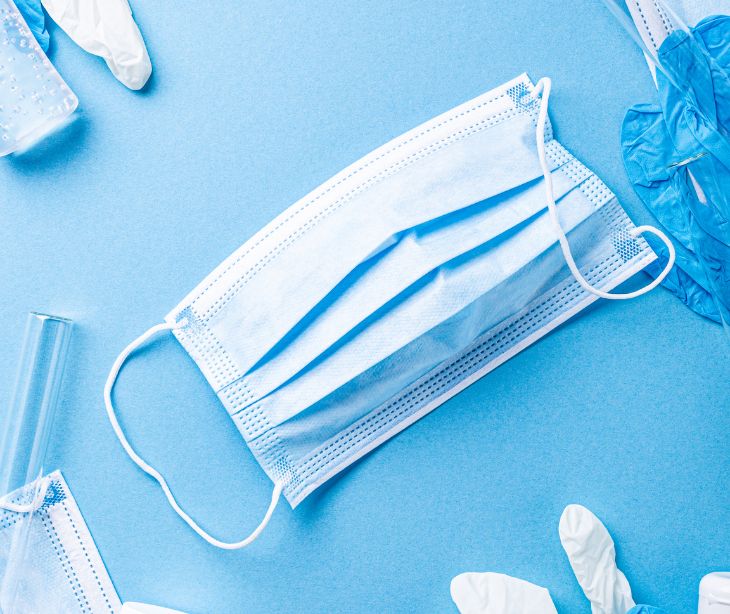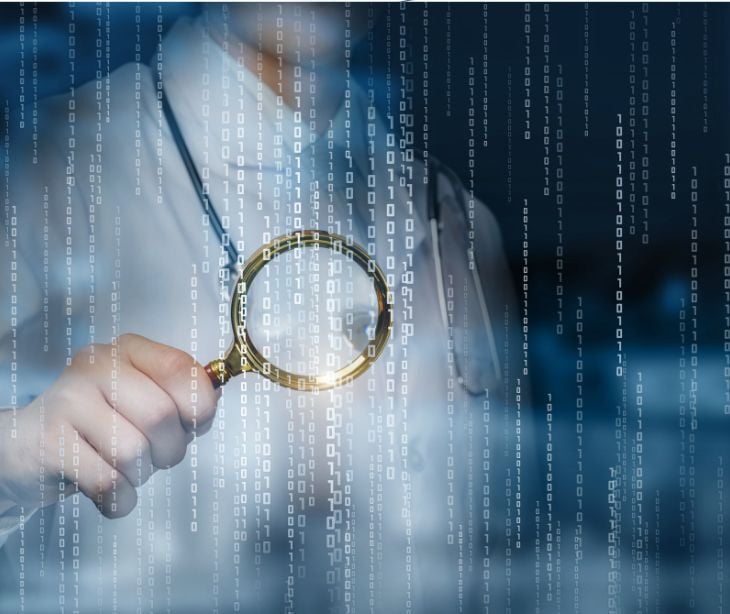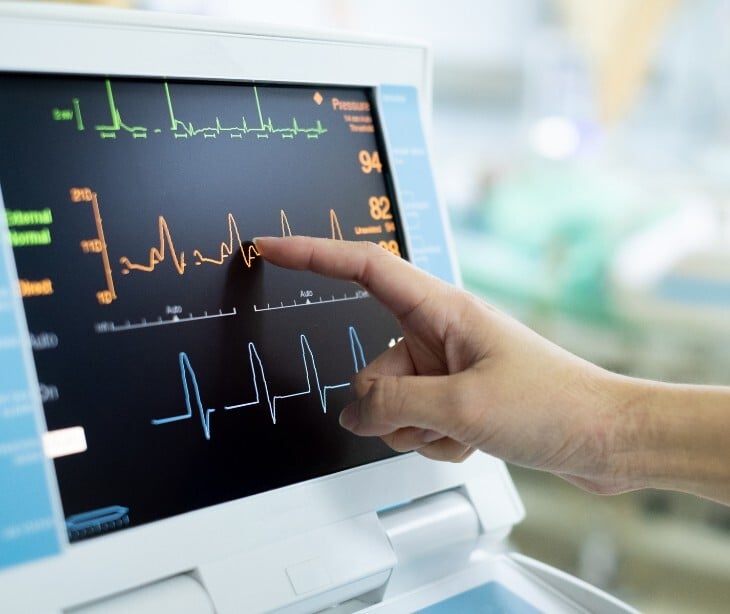
A safety system is a set of tools and procedures designed to protect people from harm and prevent accidents.
What is a safety system?
A safety system in healthcare is like a set of rules and tools designed to keep patients, doctors, and nurses safe. It's all about stopping mistakes in hospitals or clinics before they happen. Chapter 8 of To Err is Human: Building a Safer Health System provides that, “Safety systems in health care organizations seek to prevent harm to patients, their families and friends, health care professionals, contract-service workers, volunteers, and the many other individuals whose activities bring them into a health care setting.”
The system itself is distinguished from general risk management, which is more about looking at all sorts of risks in a hospital, like money problems or legal issues, and figuring out how to handle them. So, while risk management looks at everything that could go wrong, a safety system focuses mainly on keeping people safe from medical errors and accidents.
Components and features
An effective safety system in healthcare consists of several key components. These include:
- Leaders in healthcare organizations drive the safety culture by prioritizing patient safety and providing necessary resources. They establish clear safety goals and ensure everyone in the organization understands and works towards these goals.
- Error reporting mechanisms play a role. They allow healthcare staff to report mistakes or near-misses without fear of punishment. This open communication helps identify and fix safety issues early.
- Technology, like electronic health records, HIPAA compliant email and medication tracking systems, helps prevent errors. It ensures accurate patient information is always available and reduces the chances of mistakes in treatment or medication.
- Training staff thoroughly ensures everyone knows the best patient care and safety practices. This training often includes simulations and team management techniques, helping staff prepare for various scenarios.
- Involving patients in their care process also enhances safety. Educated and aware patients can help catch potential errors and become active participants in ensuring their safety.
All these components work together like parts of a machine. Leadership sets the direction, error reporting acts as a sensor to detect problems, technology provides the tools, training prepares the staff, and patient involvement adds an extra layer of safety.
See also: How to develop HIPAA compliance policies and procedures
Implementation
- Resistance to change: Some staff may resist new procedures or technologies, especially if it adds to their workload or challenges their expertise.
- Resource allocation: Implementing a new system can be costly and time-consuming. It requires investment in technology, training, and potentially hiring more staff.
- Training and education: Ensuring all staff are properly trained and up-to-date with the latest safety protocols can be a massive undertaking.
- Balancing workloads: Introducing new safety procedures shouldn’t overwhelm healthcare workers, as excessive workload can be a risk to patient safety.
- Data privacy and security: With the increased use of technology, ensuring patient data privacy and security becomes more challenging.
- Maintaining an open culture: Creating a culture where staff feel comfortable reporting errors without fear of punishment is beneficial but difficult to establish and maintain.
- Measuring effectiveness: Continuously assessing the effectiveness of the safety system and making adjustments is necessary but can be complex.
See also: Develop and enforce robust email policies and procedures
FAQs
What is data privacy?
Data privacy is protecting personal information from unauthorized access and ensuring it is used appropriately.
What is an emergency response plan?
An emergency response plan is a set of procedures designed to manage and respond to unexpected emergencies or disasters.
What is a data breach?
A data breach occurs when unauthorized individuals access sensitive or confidential information, often leading to potential harm or theft.
Subscribe to Paubox Weekly
Every Friday we'll bring you the most important news from Paubox. Our aim is to make you smarter, faster.




